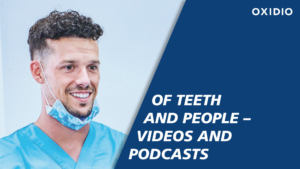
Changes from 2024
Since 1.1.2024 we have changed practice hours:
Monday and Tuesday: 7:00 – 12:00 and 12:30 – 16:00
Wednesday and Thursday: 8:00 – 12:00 and 12:30 – 17:00
Friday: 7:00 – 12:00
And: Dr. Reinhard Winkelmann retired to privat life.

Changed telephone contact hours
We are changing our telephone contact hours in order to have more time available for our patients:
Monday – Thursday from 8:00 to 12:00
Outside these times, please send us an email to praxis@oxidio.de – we will get back to you as soon as possible.





